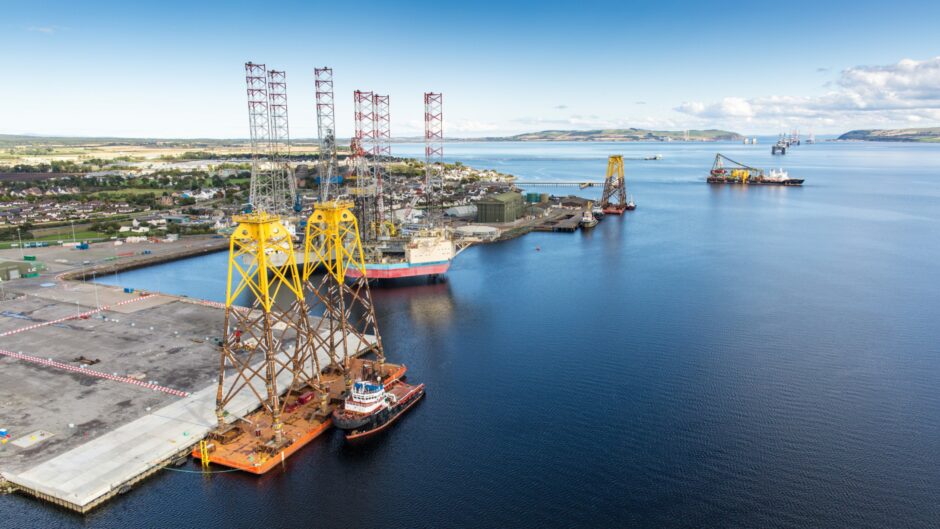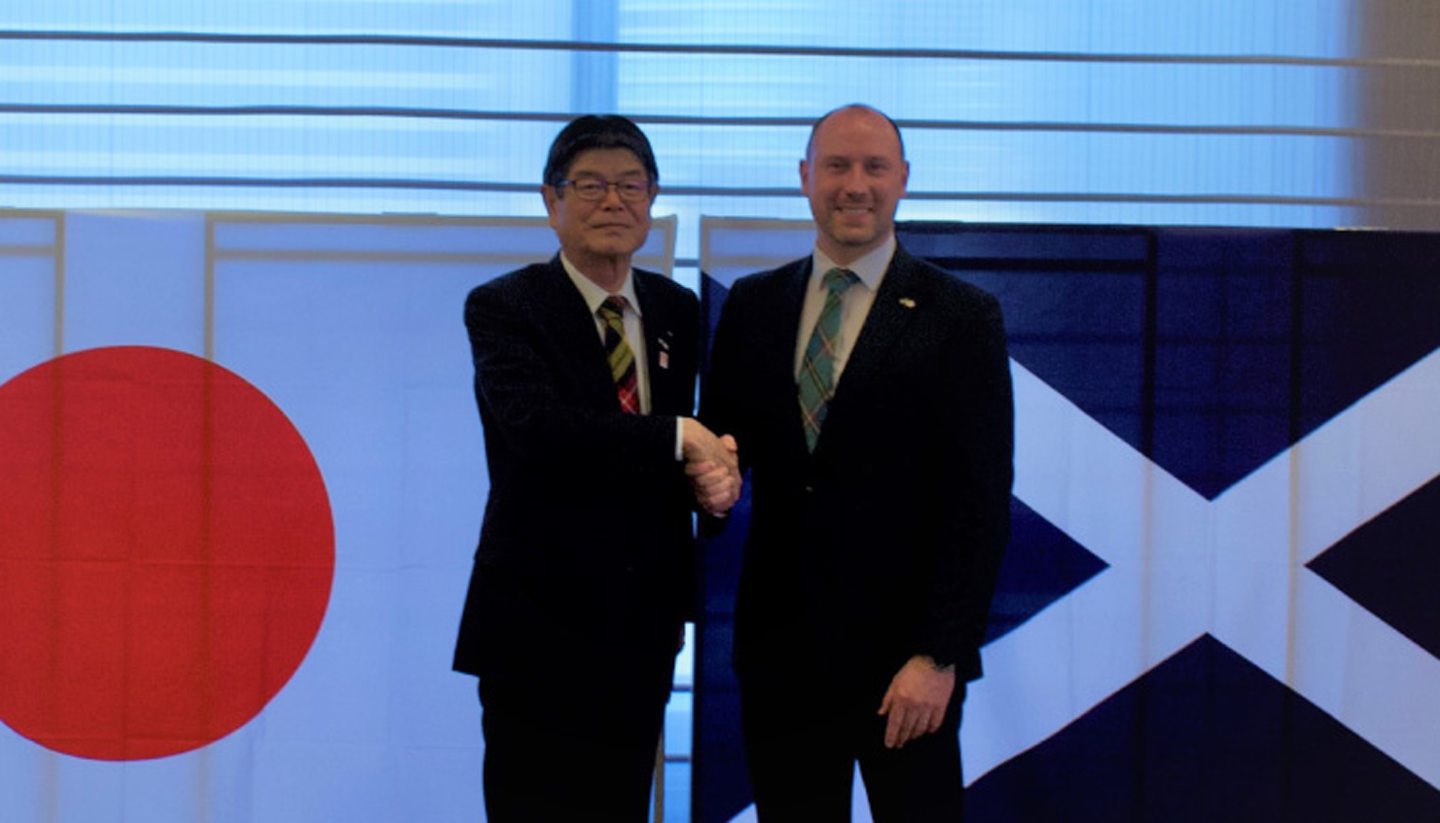
Japan’s Sumitomo has said it will not build its mooted cables factory in the Highlands without a £24.5m Scottish Government grant.
Highlands and Islands Enterprise (HIE) – a Scottish economic development body – said the figure is the minimum sum the Japanese multi-national would accept, and represents less than 10% of its capital commitments.
The detail was disclosed in a report from the Subsidy Advice Unit (SAU), a division of the Competition and Markets Authority (CMA) watchdog, which was carrying out a legal review of HIE’s assessment on whether to deliver the grant.
According to the document, Sumitomo plans to spend £350m on the HVDC cable factory in the Highlands, with HIE planning to contribute the £24.5m.
Sumitomo tabled plans for the factory at Pitcalzean, adjacent to Port of Nigg in the Cromarty Firth, during a Scottish trade mission to Japan in April.
HIE’s assessment states that Sumitomo “have explained that [in the absence of the subsidy] the company would not make the investment at Nigg in the Highlands due to it not being able to meet its target investment metrics.’”
The SAU document adds that HIE has more work to do to explain why that subsidy level is proportionate to the policy objective.
It’s hoped that the cables factory will contribute to the UK’snet zero targets and provide “strategic security of supply for a key part of the supply chain, namely HVDC cables which are not presently manufactured at scale in the UK”.
The subsidy watchdog also noted that the grant is planned in a Green Freeport area, where other financial support may be on offer.
Security of supply
However the watchdog also questioned HIE’s findings on that policy point.
It said it is “less clear to us from the Assessment how the subsidy is an appropriate or effective means of attaining security of supply of HVDC cables in the UK”.
Asking HIE for clarification, the Scottish Government economic agency said there would be no restrictions to ensure production is reserved for UK customers, and that it is attractive to secure supply close as possible to deployment.
HIE also said it would create “greater competition” in the European market for HVDC cables, reducing costs.
However, the subsidy unit said HIE better explain and evidence the benefits, and “in particular, the Assessment could set out the scope and extent of the proximity to manufacture effects and how they might impact on incentives for both SEI (Sumitomo) and UK based offshore wind developers”.
Under UK law, the body has assessed HIE’s assessment of the grant requirements which states that, once operational, the factory will create 280 indirect or induced jobs in the UK, including 198 in Scotland.
The proposed factory comes as offshore wind developers are planning giant gigawatt-scale projects off Scotland’s shores, with a huge need for components like cables, turbines, towers and floating foundations.
Inflation has struck the sector hard in recent times, and improving costs are a major requirement for the industry.
Developers like BP and Flotation Energy have discussed the need to “make it work” for local industry in Scotland and the need to avoid towing components from overseas.
Sumitomo has been contacted for comment.
An HIE spokesperson said: “This is a very positive and helpful report by the SAU. We welcome the overall assessment and look forward to the next stage in securing this major inward investment project for Scotland.”
Recommended for you


 © Supplied by Sumitomo
© Supplied by Sumitomo